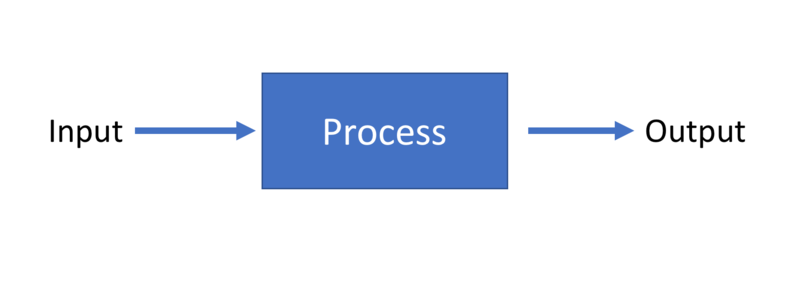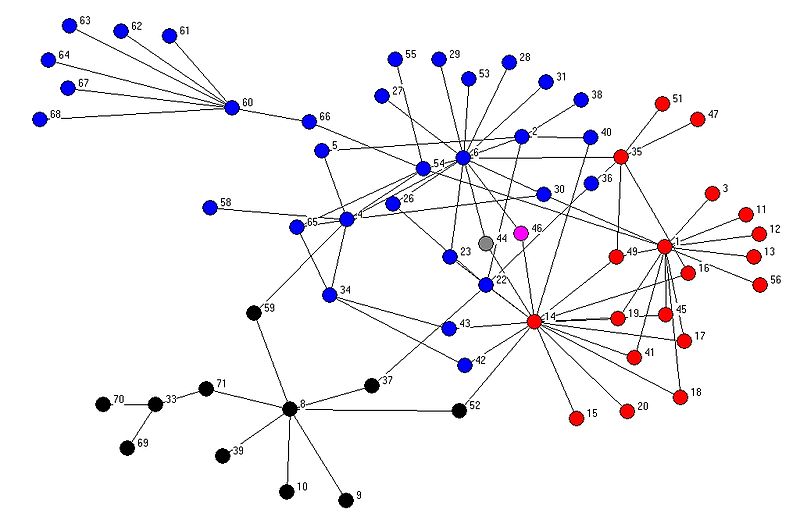Today, we are releasing some exploratory research which looks at the type of problems that school leaders face. On this webpage, you will find a brief summary and access to our full research paper.
Background of The ERASMUS+ Getting Heads Together’

Our ERASMUS+ project, Getting Heads Together, is creating a set of training resources to help school leaders better understand and respond to complex problems.
You can find out more about our project here.
What Did We Research?
In our research, we asked school leaders about two types of problems.

Simple, or ‘tame’ problems are problems which are easy to understand, and a solution can be used that has a predictable

Complex problems are hard to understand because there are many ways you can understand the problem. There are many different answers, no answer has a predictable result, and will causes consequences elsewhere.
We were interested in how often school leaders had these types of problems and the impact these problems had on their leadership.
What Did We Find Out?
In a small-scale survey of 70 school leaders undertaken in Greece, the UK, Poland, Turkey and Lithuania, we found:
1: Complex Problems Took Up More Time

Complex problems were less frequent than simple problems. However, despite complex problems being lesson common, complex problems took up more of a leader’s most precious resource – time. This meant school leaders spent more of their time understanding and responding to a smaller number of problems that they considered complex.
2: Complex problems were everywhere.

Complex problems occurred across the whole range of a leader’s responsibilities – from curriculum to finance, from behaviour to human resources. In every part of a school leaders’ responsibility, their capacity to understand and respond to complexity was being challenged.
3: Whilst complex problems where everywhere, school leaders said they found the following two areas as particularly complex…

Organisational Culture

Special Educational
Needs
4: A problem could be more complex when certain features were present.
Number of People
The number of people affected how complex the situation appeared. This included both the number of people and different types of roles involved. This was because, with a greater number of people, there were a greater number of perspectives to take into account.
People Outside the School
Across the respondents, it was recognised that the involved of external individuals organisations made the problem more complex
Context
If that feature of the school (e.g. the teaching policies of the school) was well organised, the problem could more considered simpler.
What Does Our Results Mean for School Leadership Development?
Not all problems are the same.
. School leaders recognise that, whilst a problem might be about the same topic (e.g. curriculum, finance etc), that the problem might be more of less complex. Critically, these problems occur across a wide range of a school leaders responsibilities.
School leaders need support to help them comprehend and respond to complex problems.
The features of complex problems make them difficult to understand and to respond to: there is no one right way to understand the problem, nor is their one solution that will provide a predictable answer. We need to think about how well supported school leaders are in making sense of complex problems and in responding to them.
Our second output describes how we might be able to help. Click here to find out more.
Read Our Full Report
You can read our research report:
In English: https://gettingheadstogether.eu/wp-content/uploads/2022/04/GHT-O1-A1-English.pdf
In Turkish: https://gettingheadstogether.eu/wp-content/uploads/2022/04/GHT-O-1-A-1-Turkish.pdf
In Greek: https://gettingheadstogether.eu/wp-content/uploads/2022/04/GHT-O1-A1-Greek.pdf
In Polish: https://gettingheadstogether.eu/wp-content/uploads/2022/04/GHT-01-A1-Polish.pdf
Picture Credits: www.flickr.com/photos/jurgenappelo/5201224367; commons.wikimedia.org/wiki/File:Control_System_Basic_Scheme_1.png; www.piqsels.com/en/public-domain-photo-zkvij; commons.wikimedia.org/wiki/File:Idea_Networking_Example.jpg; pixabay.com/photos/inclusion-group-tree-children-4025631/